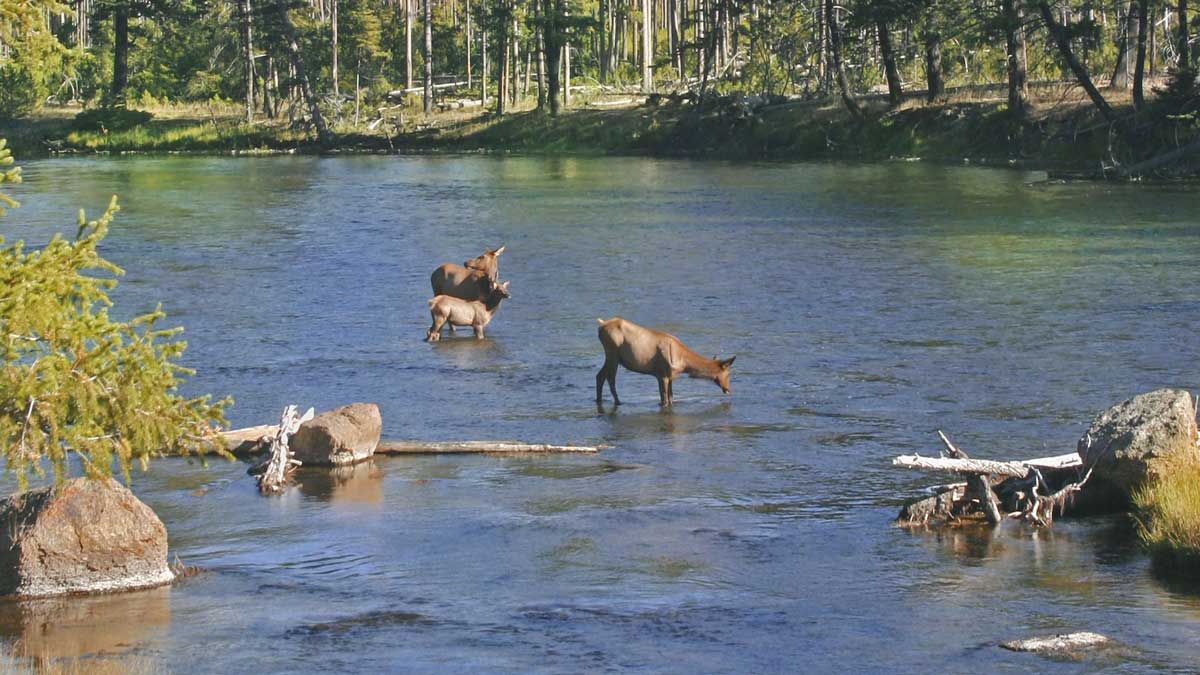Elk Rivers glide and plunge through at least 15 states and two provinces (not counting Indiana’s Elkhart or Nebraska’s Elkhorn). Reflecting the scope of their namesake’s original range, that list spans from Alberta to Alabama, California to Delaware.
The U.S. Geological Survey catalogs 326 Elk Creeks, including a tantalizing handful preceded by Big and another handful saddled with Little. To those add a full 86 Elkhorn Creeks, plus seven Wapiti Creeks scattered from Maryland to Oregon. Throw in four Elk Branches, a pair of Elk Runs and one each of Elk Brook (New York) and Elk Fork (Wyoming). Pennsylvania serves up Elk Lick Creek. Idaho delivers the gloomy Lost Elk and blunt Dead Elk. There’s Black Elk Creek in South Dakota, White Elk in Minnesota. And Montana offers Spotted Elk, Standing Elk, Prairie Elk and the enticingly specific Big Bull Elk Creek.
The only Elk protected as a Wild and Scenic River sparkles through southwest Oregon, providing crucial spawning and rearing habitat—plus outstanding fishing—for steelhead, Chinook salmon and sea-run cutthroats. Those willing to take on seriously steep and deep hunting for Roosevelt’s elk could do a whole lot worse than prowling the Copper Salmon and Grassy Knob wilderness areas that frame its upper reaches. It also offers some fine Class IV whitewater.
The Elk in western North Carolina—close by where wild elk roam once more—takes the crown in that department, though. It delivers 15 miles of intense to insane Class IV and V paddling through three gorges spiced by multiple 15- to 45-foot drops.
The mighty Elk in eastern British Columbia is not only home to some of the most stunning elk hunting in North America, it’s also one of the premier fisheries for big native westslope cutthroats. Watch out for yard-long bull trout marauding from below.
All told, that’s at least 449 rivers and streams named in honor of elk. Can there be any good reason not to spend time beside one soon?
